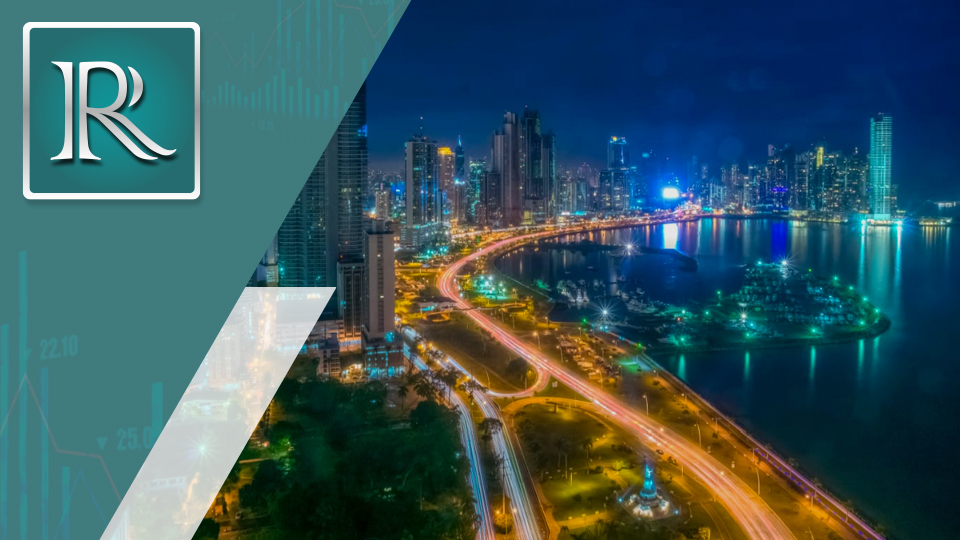Economic activities, such as the transit of ships through the Panama Canal, the movement of containers, exports of goods and the sale of marine fuel, all related to the logistics sector, energized the Panamanian economy until last May in the midst of COVID-19 when compared to the same period in 2019. This is a good gauge for measuring or quantifying with real figures the economic impact of the pandemic on the national economy and its impact on Gross Domestic Product figures. Randall Castillo Ortega, the founder of Central America-facing RACO Investment, discusses how COVID-19 is impacting the logistics scene in Panama and what’s in store for the future.
The outcome of the Main Monthly Economic Indicators (MMEI) within the COVID-19-May period last year in Panama marked key activities that have sustained the development of the Panamanian economy even in the most complex stages of the pandemic at the national level. As a result, the feasibility of opening economic blocs will mark a positive effect on the MMEI in the future.
Total toll revenue from the Panama Canal for January-May 2020, compared to the same period in 2019, showed a positive variation of 2.5%, with a variance on the flagged vessels passing through the canal. In addition, net tons were increased by 1.5% and cargo volume by 5.9%. The movement of TEU containers (container equivalent to 20 feet), increased for this period by 15.9%. For its part, the total load movement increased by 21.8%, excluding the bulk load by 24.5% and containing it by 20.6%.
Meanwhile, exports of goods increased by 3.1%, with specific increases of bananas (47.8%), unrefined sugar (22.5%), coffee (14.6%) and beef (144.5%). However, some negative variations had been presented during that period, among them melon at 3.1%, watermelon (7.8%), pineapple (18.4%), shrimp (6.1%), fish (5.3%), flour and fish oil (7.1%), clothing (57.5%), steel, copper and aluminum waste (6.7%) and wood (32.1%). Explains Castillo, “We note that other activities that reported a positive variation were the sale of marine fuel, better known as bunkering.”
Port activity increased by 13.5%, measured in metric tons, with increases in the Pacific Littoral of 12.3% and in the Atlantic of 19.8%. Bunkering, through barges, increased by 4.8%, mainly that of the Pacific Littoral by 10.0%; in contrast, the Atlantic was reduced by 14.7%. The total number of ships served grew by 14.0% and the liquid assets of the National Banking System (at the end of the period under study) increased by 62.9%, with the total credit portfolio increasing by 0.1%.
On the other hand, total deposits amounted to 7.6% and bank liquidity by 51.4%. Among the activities that decreased due to the covid-19 pandemic is the transfer of passengers in the Panama Metro by 43.0%, compared to a similar period of 2019. Adds Castillo, “For their part, the passage of vehicles in road corridors and revenues recorded negative rates of 45.3% and 44.9%, respectively.”
Between January and May 2020, the sale of fuel for domestic consumption fell by 33.9%; fuel at 29.6%, mainly 91 octane at 32.8%; low sulfur diesel at 27.7% and bunker C at 79.0%. Similarly, the sale of liquefied gas was reduced by 4.3%. The number of new cars registered in the Single Vehicle Register decreased by 52.9%, and specifically, regular and luxury cars both fell by 51.7%, SUVs or 4×4 with 54.9%, minivans 54.2%, panels 21.1%, pickups 54.9%, buses 41.1% and trucks at 50.8%. Finally, the CIF value of imports of goods was reduced by 35.9%. Of this value, consumer goods at 33.4%, intermediate goods 24.1% and capital goods at 49.6%. The net weight of imports of goods fell by 23.3%, with falls of 33.9% in consumer goods, intermediate goods by 10.0% and capital goods by 41.1%.
By next year, Panama’s economy is expected to grow by 4%. Asserts Castillo, “Initially, it is planned to reactivate domestic tourism and, after the pandemic, attract external visitors, with the construction of resorts outside Panama City, investments that will be facilitated through Law 122 of 2019, which amended Law 80 of 2012, which dictates incentive rules for the promotion of tourism activity in Panama.”



